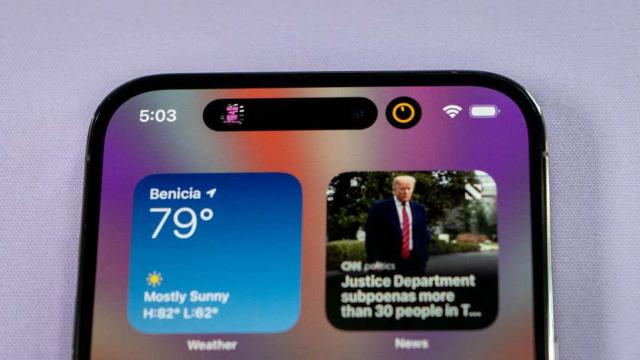The iPhone 15 has barely entered production, but there are already rumours the device after it will be the first to have an under-the-display Face ID module. Face ID is a big part of what’s kept Apple from moving to a pinhole camera approach, but according to a supply chain report unearthed by Patently Apple, the company is moving quickly toward transforming the iPhone into an almost unbroken smart piece of glass.
The iPhone 16 Pro could be the first time we see the Face ID module go entirely under the display, similar to the way Apple ushered in the Dynamic Island on the iPhone 14 Pro. As 9to5Mac reminds us, Apple filed the requisite patent four years back while pursuing an embedded version of Touch ID. But the work now is figuring out how to integrate the Face ID and camera modules together into one sensor that can be placed underneath the glass. It’s likely that won’t manifest until at least the iPhone 16.
When Apple introduced the Dynamic Island, it debuted a Face ID module and front-facing camera stacked next to one another in a large cutout. The Dynamic Island is a clever way to blend those two separate hardware pieces. It’s not going away for a while; rumours have circulated it will be in the entry-level iPhone 15 tier, along with the Pros.
To Android’s credit, many smartphone manufacturers have figured out how to bundle the selfie cam and face unlock capabilities underneath the display with a pinhole. But in the case of the Galaxy Z Fold 4 and the Pixel 7/7 Pro, which I use daily along with the iPhone 14 Pro Max, their face unlocking capabilities are either slow or require another unlocking mechanism in tandem before you can get to the Home screen. Apple may not have been the first to the under-display pinhole camera, but it certainly is leading in terms of face unlocking technology.
